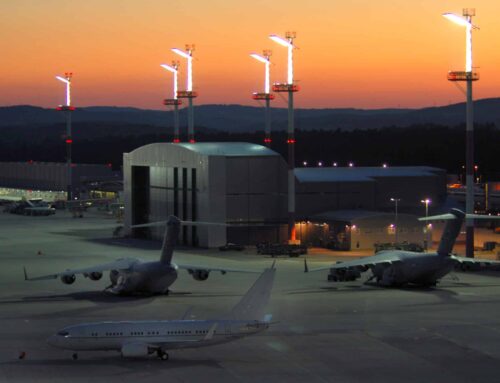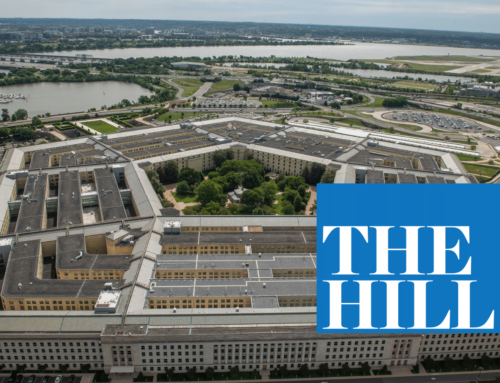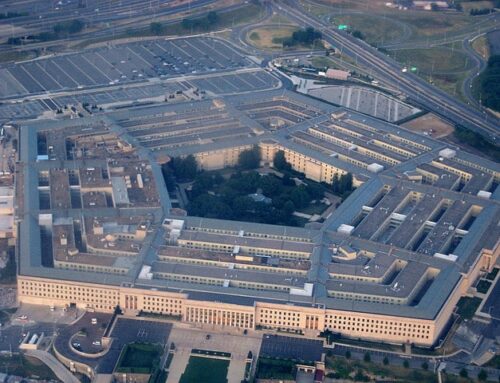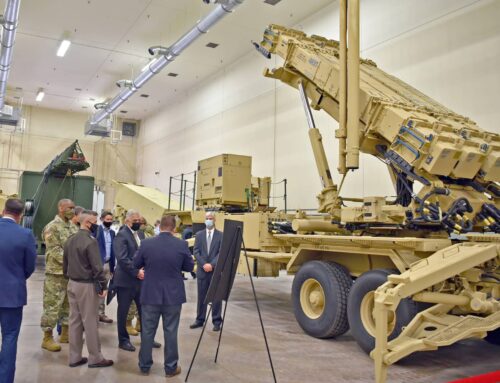The builders of the world's most powerful laser misled Congress by lowballing the project's cost to win initial funding, according to a recent government report.
Officials at the U.S. Department of Energy (DOE) and Lawrence Livermore National Laboratory knowingly downplayed the National Ignition Facility's (NIF) growing technical problems. In addition, the officials also fudged an outside contactor's evaluation to give the project glowing reviews last year, according to the U.S. General Accounting Office (GAO).
The project, which has been under construction since 1997, has encountered a series of problems, including the resignation of its director, construction delays, and massive cost overruns.
The revelations raise more concerns and doubts about the value of the experimental laser project to DOE's nuclear weapons program as Congress debates whether to reduce the embattled project's funding.
The superlaser was designed to test the reliability of nuclear weapons by heating and compressing nuclear fuel pellets with 192 converging laser beams. NIF was originally scheduled to begin operating in 2002. Deadline slippage and numerous technical snags have pushed back NIF's completion until 2008, according to DOE.
Although the project's mission has been questioned from the outset, the full extent of the project's troubles was made public in the fall of 1999. The GAO report says that both lab managers and officials at the Energy Department headquarters knowingly covered up the project's true costs beginning with an initial budget request of $1.2 billion in 1995.
According to the GAO, the cost of the stadium-size laser now stands at more than $3.9 billion. This includes funds for related research and programs that investigators believe should be counted as part of the ignition facility's budget.
That estimate is more than $600 million higher than the DOE's latest projection of $3.3 billion, which excludes costs the Department insists do not belong on the ignition facility's balance sheet.
The GAO attributes the cost overruns to an unrealistic initial budget, poor management at Lawrence Livermore, and an absence of independent review and oversight by the Department of Energy.
Last week, the Senate passed the energy and water spending bill, denying the Department of Energy $95 million that the agency requested over the Administration's request for fiscal year 2001. The Senate also directed the National Academy of Sciences to study the technical feasibility of the current NIF project and report back to Congress by next year.
The Senate should be commended for taking this prudent first step towards fiscal accountability for this embattled superlaser.











Get Social